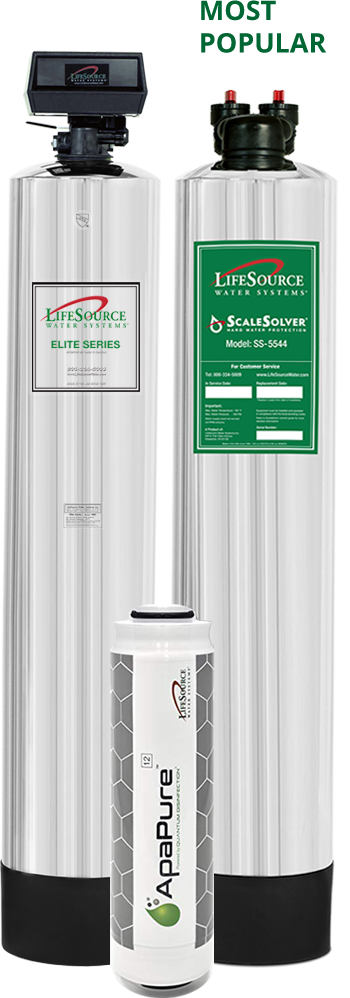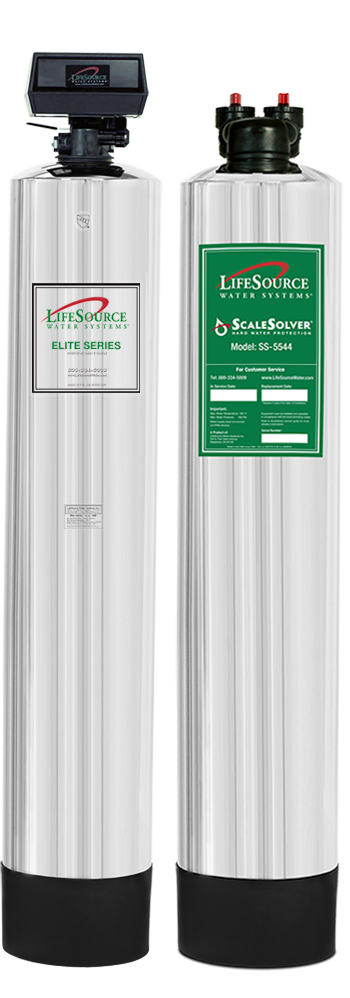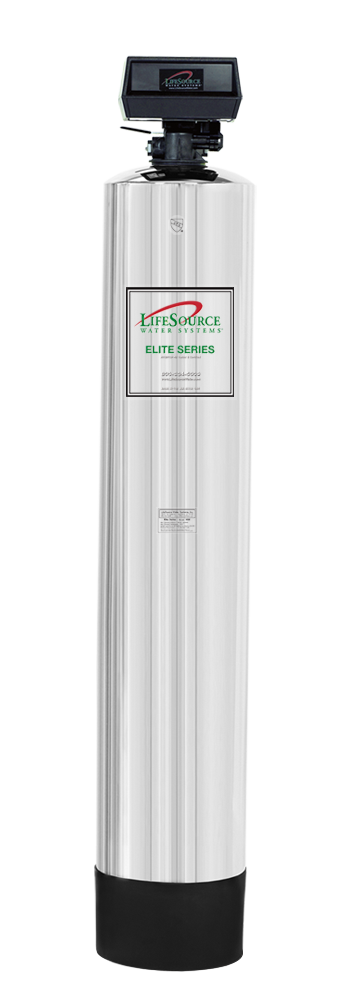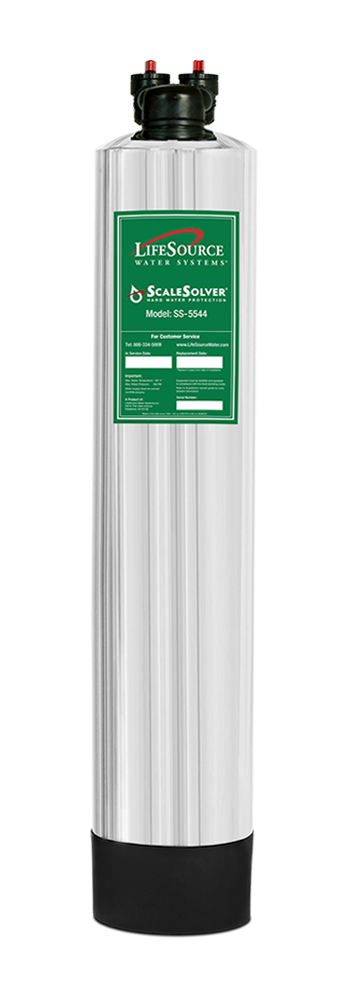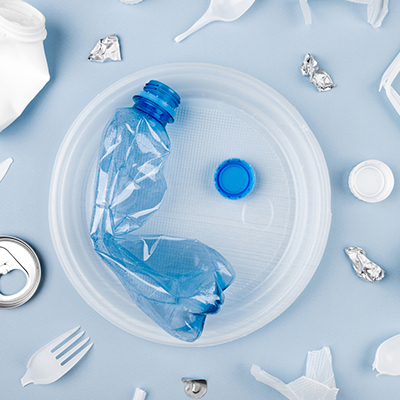
NEWS: 10X More Microplastics in Bottled Water
Further research reveals exponentially more plastic particles in bottled water
Using new laser technology, the study by scientists at Columbia University and Rutgers University analyzed three bottled water brands. Previous studies found that a liter of bottled water can contain tens of thousands of plastic particles; recent research found hundreds of thousands of nanoplastic particles.
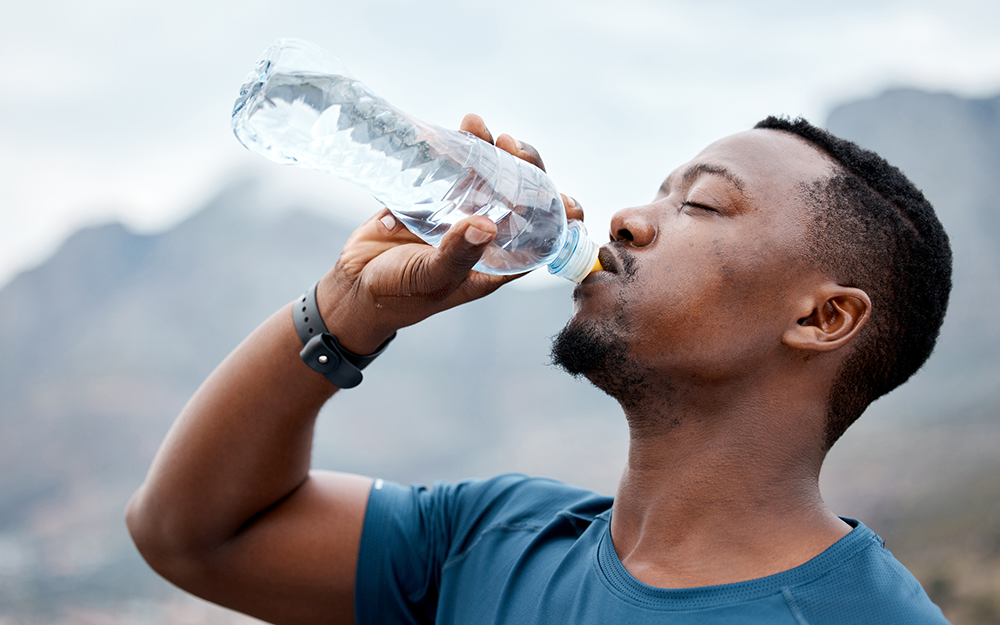
While microplastics are the size of a grain of sand, nanoplastics are 1,000 times smaller than the average human hair (less than a micron). For size, there are 25,400 microns in an inch.
These miniscule plastic particles can migrate through the tissues of the digestive tract or lungs into the bloodstream, distributing potentially harmful synthetic chemicals throughout the body and into cells, experts say. The chemicals include endocrine-disrupting ones such as bisphenols, phthalates, flame retardants, PFAS, and heavy metals, potentially interfering with cellular functions.
Despite their prevalence in our food, drinks, and bodies, the health effects of microplastics remain unclear.
The big question remains unanswered: Are nanoplastics harmful to health?
Co-author Phoebe Stapleton, a toxicologist at Rutgers, addresses the uncertainty to this question: “That’s currently under review. We don’t know if it’s dangerous or how dangerous emphasizing ongoing research into their impact on tissues. We do know that they are getting into the tissues (of mammals, including people) … and the current research is looking at what they’re doing in the cells.”
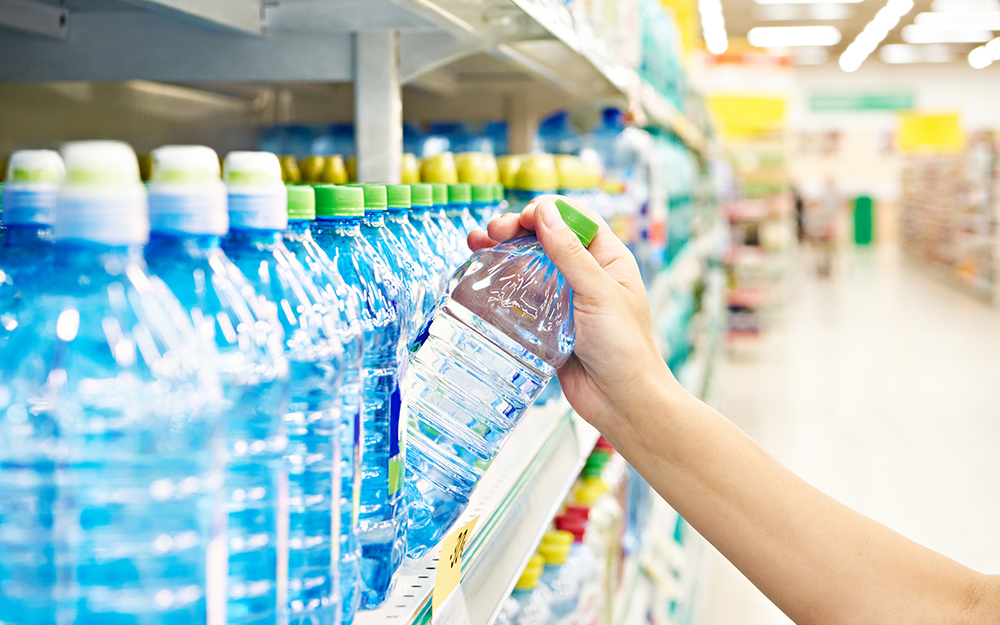
Experts, including Professor Wei Min from Columbia University, emphasize the potential dangers of nanoplastics, noting that their minute size makes them prone to being misidentified as natural cell components. Furthermore, because of their smaller size and potential to infiltrate biological barriers, accumulate in organisms and stay longer, nanoplastics may be more dangerous to humans than microplastics.
However, previous studies indicate potential harm, with Duke University researchers linking nanoplastics to brain protein changes associated with conditions like Parkinson's disease and dementia.
Nanoplastics have also been implicated in disrupting lung and liver cell processes, with potential connections to certain cancers. A 2020 study revealed that exposure to micro- and nanoplastics may negatively impact the brain, making it susceptible to neuronal disorders.
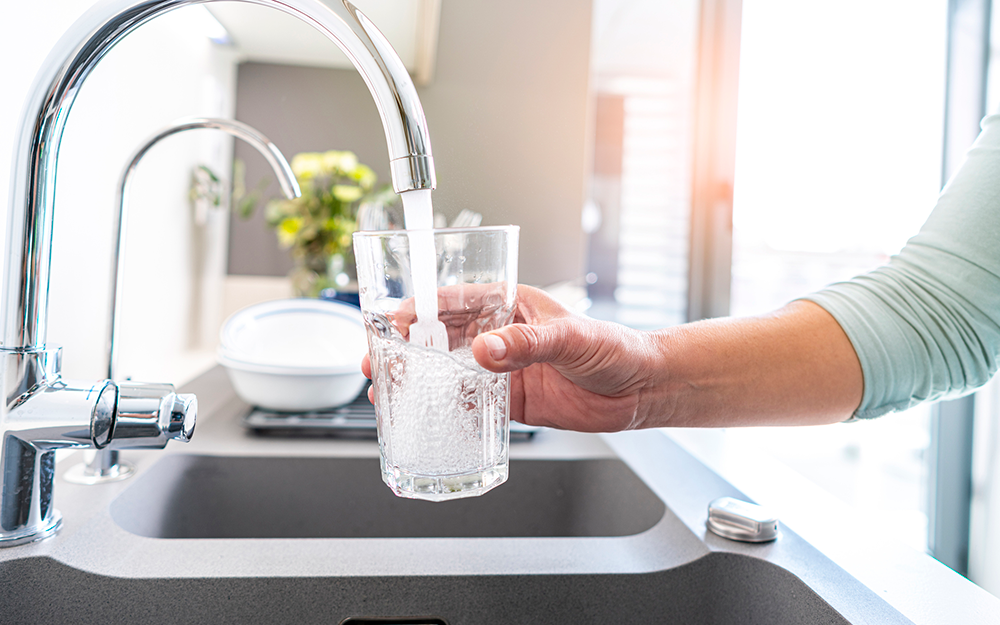
Drink filtered (using a non-plastic filter) tap water.
Reduce your bottled water consumption.
Avoid plastic packaging.
Don't microwave your food in plastics. Opt for glass or stainless steel.
Micro and nanoplastics have been found in the human placenta, lung tissues, feces, and blood. Experts from NSF International and the Water Quality Association advise to "drink filtered tap water whenever possible," to minimize exposure.
They also point out that the type of filter matters — ensure it's not made of plastic itself. Certified filters are the key to safeguarding your water.
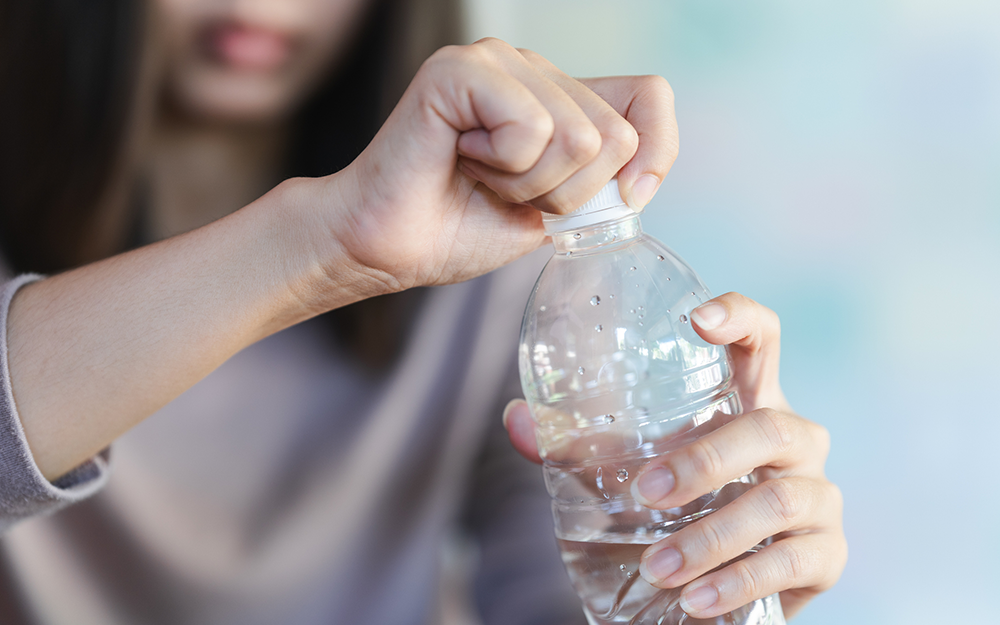
Studies show that particles of PET plastics, commonly found in bottles, can be released through actions like opening and closing the bottle cap, crushing the bottle, or exposing it to heat—such as leaving it in a car.
Think of it in the way that our skin sheds constantly. These plastic items constantly shed microscopic pieces into the substances they encounter.
The recent study revealed that the plastic also seems to be coming from the reverse osmosis membrane filter used to keep out other contaminants. In other words, the filtration process itself is involved in creating plastic particles coming from bottled water.
So, which holds fewer nanoplastics and chemical residues—bottled or tap water?
Though the answer is still unknown, studies have reported lower microplastic levels in tap water, which could translate to reduced nanoplastic levels.

Professor Beizhan Yan, a chemist and another co-author of the study, says that “tap water may contain other pollutants, such as heavy metals and black carbon, which may be less prevalent in bottled water.”
But, according to the Natural Resources Defense Council, an estimated 25 percent or more of bottled water is just packaged tap water.
Bottom Line: Tap water can reduce your overall plastic exposure and it can also be filtered throughout your home with a whole house filter.
Regardless of micro- and nanoplastics’ impact on human health, one point is clear: use reusable, non-plastic water bottles instead of single-use plastics.
To learn more about plastics in your water, read our blog on PFAS: click here to read.

